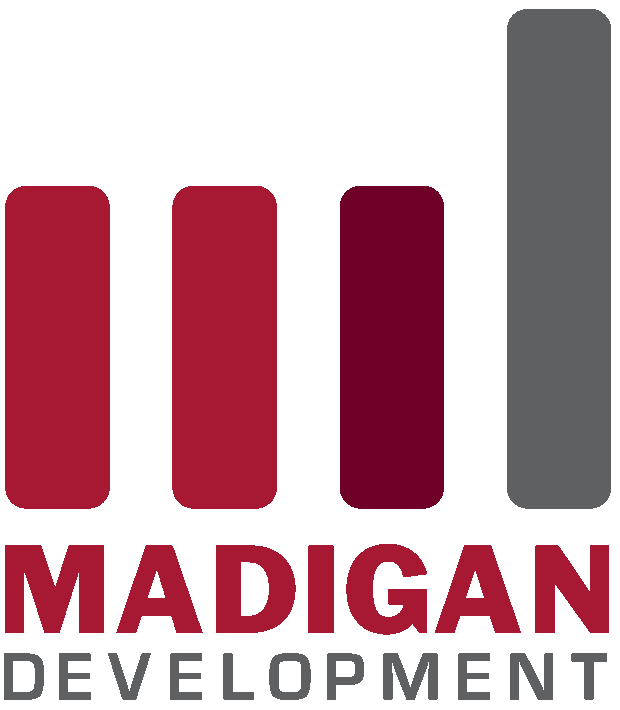
This co-gen system generates continuous power for common areas at .15c per kwh. The heat from the engine provides domestic hot water for free; saving $85,000/yr.

Installation of solar panels on commercial facilities (such as big box retailers) is a major source of supplemental income

This heat recapture system saves $40,000 for one client

This co-gen system generates continuous power for common areas at .15c per kwh. The heat from the engine provides domestic hot water for free; saving $85,000/yr.
LEED CONSULTING
LEED Development & Green Buildings:
A building can be green without a single standard being applied to it. In fact, to reduce costs, green buildings are often built using a rating system strictly as a guide without ever formally registering the building. Green rating systems offer a way to measure how green a building is and can supply recognition and validation of that level of commitment.
Rating systems, standards, and guidelines can be classified into two groups: those that relate to specific building components, and those that relate to the building as a whole entity. They range from those that assess specific properties of individual building materials or system/assembly standards from established trade organizations, to those that assess the entire building’s overall environmental performance from more recently formed environmentally based organizations. The broader the assessment, the unavoidably more subjective it is.
The Leadership in Energy and Environmental Design (LEED®) standard, developed by the U.S. Green Building Council (USGBC), is the most well known, all-encompassing, whole-building standard in the U.S. It includes:
-
LEED-NC is applicable to new commercial, institutional, and high-rise residential buildings.
-
LEED-EB is applicable to existing buildings, which includes criteria for maintenance, operations, and refurbishments.
-
LEED-CS for core and shell covers a building’s structure, envelope, and basic mechanical/electrical/plumbing systems, which are items appropriate for speculative buildings.
-
LEED-CI, for commercial interiors applicable to tenant fit-outs.
We currently recommend LEED certification for all of our eligible development projects, which span luxury residential, retail, commercial and mixed-use. LEED is the most-recognized standard of environmental performance for the built environment. We pursue certification under LEED for New Construction, LEED for Core and Shell, LEED for Homes, LEED for Existing Buildings: Operations and Maintenance and/or LEED for Neighborhood Development, as appropriate for the project type.
Brownfields:
Brownfields are real property, the expansion, redevelopment, or reuse of which may be complicated by the presence or potential presence of a hazardous substance, pollutant, or contaminant. Cleaning up and reinvesting in these properties protects the environment, reduces blight, and takes development pressures off greenspaces and working lands.
Our company principals have extensive experience developing sites with environmental sensitivities.
